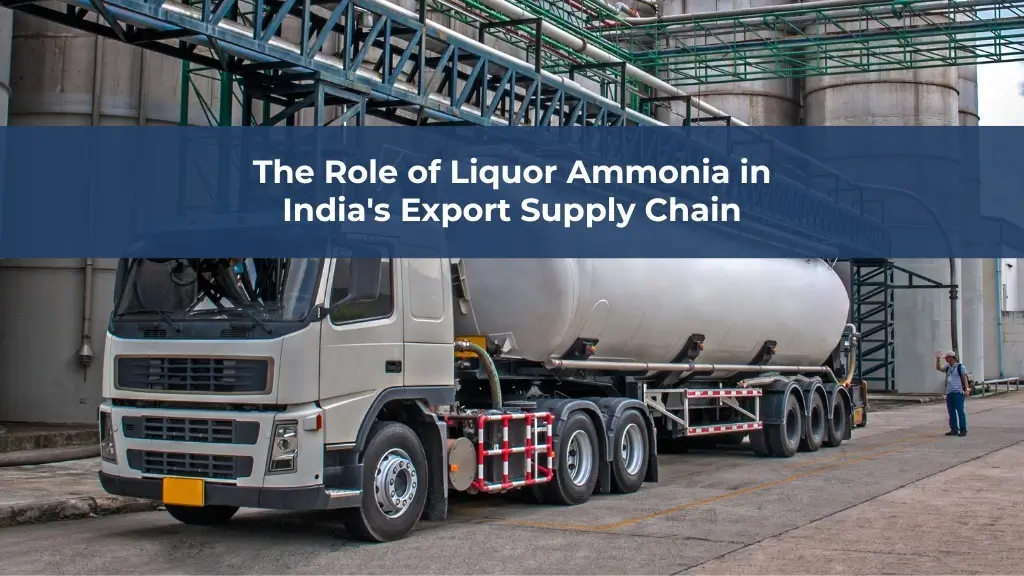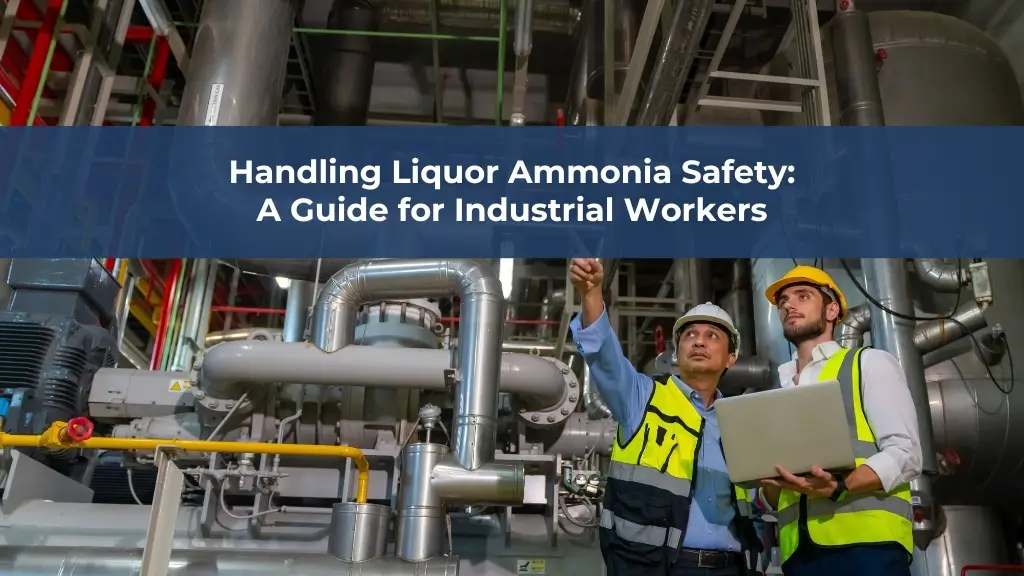Ammonia, denoted by the chemical formula NH3, is a chemical compound comprising nitrogen and hydrogen atoms. This colorless gas is known for its strong, pungent odor and is utilized in various commercial and household applications, making it an incredibly important substance.
What is Ammonia?
Ammonia is a chemical compound composed of nitrogen and hydrogen atoms and has the chemical formula NH3. With its distinct odor, ammonia is commonly used in the production of fertilizers to enhance crop growth and increase yields in agriculture. It is also a frequent component in household cleaners, particularly for cleaning glass, tile, and porcelain surfaces. Ammonia finds application in the production of various products, including plastics, textiles, and dyes. Ammonia has various industrial and household applications. and Ammonia exists in both gaseous and liquid forms.
Uses of Ammonia
A wide range of applications, from industrial to agricultural and household, utilize ammonia. Ammonia finds its application in various industries, serving as a refrigerant, cleaning agent, and raw material for the production of fertilizers, plastics, and other chemicals. Similarly, in households, people often use ammonia as a cleaning agent to clean various surfaces like glass, tile, and porcelain.
Production of Ammonia
The Haber process is the most commonly used method for ammonia production. It involves reacting nitrogen from the air with hydrogen derived from natural gas. This reaction takes place under high-pressure and high-temperature conditions in a reactor vessel. Alternative methods of producing ammonia include the steam reforming of natural gas, the partial oxidation of natural gas, and the electrochemical reduction of nitrogen.
Safety Measures for Handling Ammonia
Handling ammonia requires proper safety measures to prevent injury or harm. To safeguard one’s well-being in hazardous circumstances, it is essential to take necessary precautions and use the right personal protective equipment like gloves, goggles, and a respirator. This can effectively minimize the risk of injury or harm and ensure safety. Ammonia should be stored and transported in properly labeled containers and should be kept away from heat sources, sparks, and flames. Immediate evacuation and calling emergency services are crucial in the event of an emergency.
Environmental Impact of Ammonia
The environment can be significantly affected by the production and use of ammonia. Air pollution is greatly contributed by ammonia, particularly in urban areas where its high concentration can result in respiratory issues. Ammonia production can contaminate water and soil, harming wildlife and the ecosystem. The Haber process for ammonia production is highly energy-intensive and contributes significantly to greenhouse gas emissions, exacerbating climate change.
Conclusion
Ammonia is an essential compound with diverse industrial applications. It is important to handle ammonia properly to ensure safety and minimize its impact on the environment. From its chemical composition and physical properties to its uses and production methods, there are many important things to know about ammonia.
FAQs
1. How is ammonia stored and transported?
A. Ammonia is stored and transported in properly labeled containers, such as tanks or cylinders, and should be kept away from heat sources, sparks, and flames.
2. What are some alternative methods of producing ammonia?
A. Alternative methods of producing ammonia include the steam reforming of natural gas, the partial oxidation of natural gas, and the electrochemical reduction of nitrogen.
3. Can Ammonia be stored in liquid form?
A. Yes, ammonia can exist in both gaseous and liquid forms. It is often stored as a liquid in pressurized tanks but requires careful handling due to its high vapor pressure and reactivity.
4. How is Ammonia produced?
A. The most common method of ammonia production is the Haber process, which involves reacting nitrogen from the air with hydrogen, typically derived from natural gas, under high-pressure and high-temperature conditions. Alternative methods include steam reforming and the partial oxidation of natural gas.














